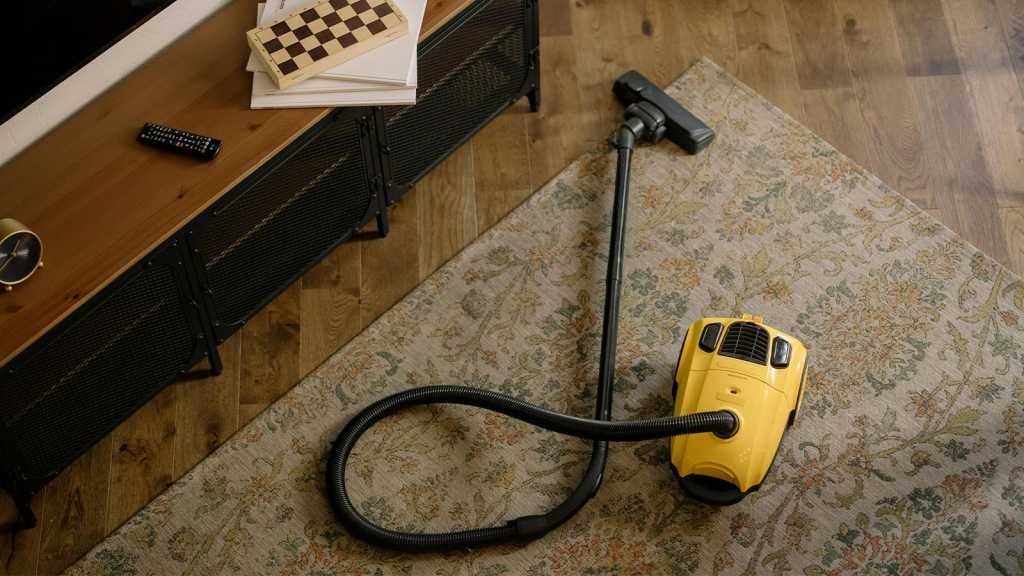Just imagine: more than 50 million tons of electronic waste are produced worldwide every year.
That equates to more than 25 million cars being taken off the road and thrown into landfill every year, without regard to the impact on the world we live in.
That’s a wild number and something we need to take into account in our purchasing decisions, because it’s clear that consumers play a major role in these staggeringly high sales.
From laptops to computers, televisions, gaming consoles and major household appliances, we’re constantly throwing away the old to make way for the new.
Cottonbro Studio
Given the fast-paced culture we live in, convenience and technology allow us to buy anything we want with the click of a button. As a collective, we need to think about how we can do better. What simple steps can we take to reduce the technology we throw away?
Let’s be honest. In most cases, money is the main limiting factor. Due in large part to the cost of living crisis, many of us can’t afford to buy new products every time something breaks or we want a shiny new gadget. But there is reason to be optimistic about our ability to be guided by more sustainable consumer choices. Research shows that more and more consumers want to adopt and live a more authentic and sustainable lifestyle.
This leads to my own sustainable story.
As a mother of two, I live for the moments when I can vacuum up the snack crumbs, garden mud, and all the other flavors of dirt my kids like to bring in from the living room floor.
Clearly I’m not the only one who is a dust shredder, as the vacuum cleaner market in the UK alone is expected to grow by 4.6% over the next five years. In Britain alone, vacuum cleaner revenues will reach $1.1 billion this year.
But unfortunately for me, my day came to a horrible halt when my vacuum cleaner wouldn’t turn on. Bring on the beads of sweat and the lakes of frustration.
It was a Shark vacuum cleaner that I bought in late 2019, just before my first child came on the scene and before Covid reared its ugly head. Who would have thought that a single machine would be my savior during some of the most tiring and difficult days of my life?
And the best part? The soothing, magical hum worked like a charm to lull my little one to sleep in the afternoon. It’s a device I’ve grown attached to – and for good reason.
As I delved deeper into the world of vacuum mechanics, I quickly realized that my lack of expertise made it impossible to even know where to start. In the past, I would have thrown it away without a second thought, but now that I’ve embraced my era of green parenting, I’ve taken it to my local repair shop within the hour.
The initial assessment was carried out free of charge and I was told that a comprehensive service, as well as repairs to the power cable, fuse and a hole somewhere in the vacuum cleaner, would cost me £90.
This may seem like a lot to spend, but buying the updated version of the same model (such as my beloved model was no longer in production) would have cost over £250, plus delivery charges.
Repairing was the smarter choice and I wouldn’t hesitate to do it again. And with even mid-range models now approaching the £400 threshold, investing in repairs could lead to significant cost savings for many households.
As of now, my partner and I have vowed to upgrade our consumer game and dig deeper into eco-friendly options for our gadgets and gizmos galore.
Whether it’s scouring online marketplaces for budget-friendly alternatives or diving into the world of repairs to reinvigorate our technology, that first repair led to an epiphany.
We don’t need or want to spend on replacements and upgrades. Ultimately, it is our bank accounts and our world that will emerge victorious from this grand tech repair adventure.
How to get your technology fixed
Not all electronics in your home will be repairable, but that is changing. The UK’s ‘Right to Repair’ law was introduced in July 2021, but at this stage only covers certain categories of appliances and appliances: white goods, TVs and electronic displays. Four states in the US have passed a similar Right to Repair Act.
The legislation, and the right-to-repair movement, aims to combat planned obsolescence, ensuring that appliances and appliances are repairable and that parts are available for repair.
In the meantime, if an appliance breaks, it’s best to find a local repair shop and ask if they can help you with a free quote. You can find one by searching online directories, or by using search engines with keywords like “tech gadget repair shops near me” to find options nearby.
If there is no hope of repair, the most durable way to replace it is to buy refurbished material. Refurbished appliances and appliances save you money and give used appliances a new life.
But there are no universal rules for rating reconditioned products, so it’s a good idea to buy from somewhere with a good reputation. Both Shark And Dyson have stores on eBay where they sell their own refurbished products. Check out our round-up of the best vacuum cleaners we’ve tested for buying inspiration.












Leave a Reply